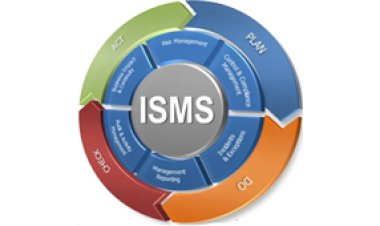How Implementing Six-Sigma can be Made Cheap?
How Implementing Six-Sigma can be Made Cheap?

How Implementing Six-Sigma can be Made Cheap?
Falling revenues and changing customer requirements are forcing many companies to look for ways to reduce the workload on current staff while developing long-term solutions. When companies are forced to make reductions, the increase in work on remaining employees frequently results in stress and anxiety causing productivity to suffer.
Some take to shifting from mass production of standard products to small-lot production of customized products, with an even greater focus on quality. This often proves to be shortsighted in the long run. Long-term solutions might lie in developing new and more-automated systems to handle the work.
However, if a company can omit steps from its design, manufacturing, and service processes, as well as fine-tune those that remain, it would be able to deliver better products to customers far faster and at lower cost.
Lean Six Sigma has taken it`s roots across the globe now since last two decades. Companies are using the techniques to analyze and improve tasks ranging from simple processes such as customer credit checks to complex product-design challenges. Lean is a systematic approach to identifying and eliminating waste (non-value added activities) through continuous improvement to allow product flow at the pull of the customer in pursuit of perfection. It focuses on eliminating non-value added activities from a company's processes while streamlining value-added activities.
The traditional Six Sigma Black Belt implementation approach can require millions of dollars in investment, the dedication of a firm’s best full-time resources, and lengthy training. This top-down approach is a major barrier to entry for smaller and mid-sized companies, and it doesn't need to be. There is an alternative Six Sigma deployment model called the Six Steps to Lean Six Sigma. Motorola originally pioneered it and it allows smaller and mid-sized organizations to implement at a cost and pace where they can actually grasp the methodology and achieve benefits, without the significant resource commitment and overhead structure of the Black Belt approach.
One of the strengths of the Six Steps to Lean Six Sigma is that it involves the entire company. Previous quality programs may have addressed a particular factory operation or only a part of it. The purpose is not to automate complicated processes, but to "lean out" existing processes by removing unnecessary steps and then fix those that remain. As a people-oriented approach that empowers a team to take action to achieve improvements, lean is the best way to effectively use a company's most valuable resource — its people.


































Comments (0)
Facebook Comments